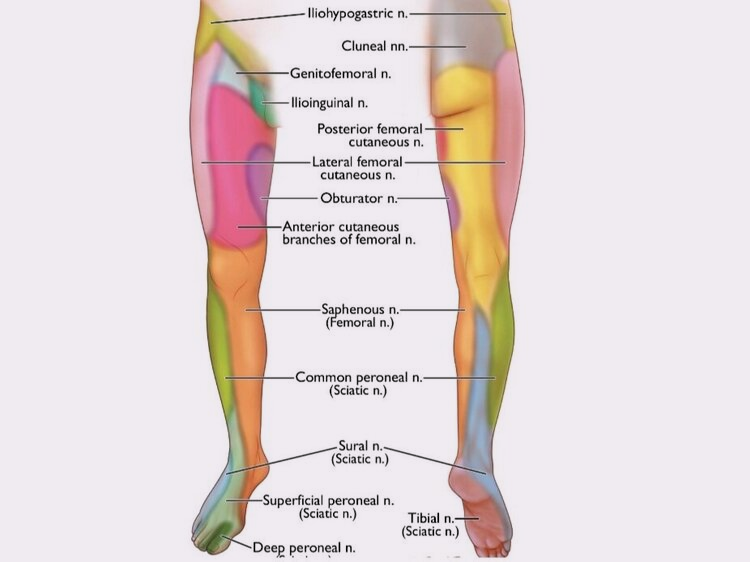Limb Pain Management Specialist in Tampa, FL

Upper limb pain can be debilitating and could be because of an injury, nerve irritation, or surgery. There are multiple nerves in the upper limb which can be causing pain.
Dr. Kalava focuses on pain that originates from these nerves and that is unrelated to compression of these nerves in the spine.
Patients that can benefit from our services have had failed carpal tunnel surgery, elbow pain, or persistent post surgical pain in the upper limb.

Pain in the legs unrelated to a pinched nerve in your back needs a specialist like Dr. Kalava who treats peripheral nerve irritation.
Patients that can benefit from our services have lateral thigh pain (Meralgia Paresthetica), phantom pain (post-amputation pain), or post-surgical pain irritating one of the lower limb nerves.
Dr. Kalava focuses on the extremities utilizing ultrasound guidance to perform any required procedures, eliminating harmful radiation (X-ray) exposure.
Schedule an appointment with Dr. Kalava to get back to doing the activities you enjoy
Ketamine is an anesthetic medication. It is a schedule 3 dissociative anesthetic, which has shown promising antidepressant effects that are both rapid and robust. It has been safely used for years as the ideal anesthetic in hospital and medical settings. When used under medical supervision, studies have shown ketamine infusions to have significant effects in healing treatment-resistant depression. It is on the World Health Organization’s List of Essential Medicines because of its safety and efficacy for anesthesia.
More recently, ketamine has been discovered as a safe and effective treatment for depression, and randomized controlled trials have shown rapid improvement in mood as well as reduction in suicidality compared to people who receive a placebo or another drug. Ketamine has the ability to go to work right away, unlike most antidepressants, which take weeks, sometimes months, to provide relief.
Ketamine infusion therapy is an IV procedure performed in-office by Dr. Kalava. Dr. Kalava & his associates will monitor your response and level of consciousness throughout the infusion.
Please contact our office to discuss Ketamine Infusion Therapy, and see if it is right for you.
The most important factors when choosing a ketamine provider are the doctor’s experience and commitment to providing safe, compassionate care. Dr. Kalava is the nation’s leading practitioner of ketamine infusion therapy and is a recognized expert in the field of anesthesiology.
[Scientific articles on Ketamine published by Dr. Kalava: Article 1 & Article 2 ]
Every patient is unique and deserves special care. Whether determining dose, infusion duration, the number of initial infusions, or the interval between return visits, we make individual assessments and structure ketamine treatments to match each patient’s response and unique needs.
Low dose ketamine is administered by Dr. Kalava, who is a Double Board Certified, Mayo Clinic fellowship trained Anesthesiologist. Ketamine, as we know, is an anesthetic and is best administered under the constant vigilance of a qualified anesthesiologist.
Depending on the medical condition being treated, IV ketamine can be administered over 1 minute, 40 minutes, one hour, or 4 hours. The actual type of treatment will be discussed with you during your initial consultation. The number of infusions and duration of ketamine therapy varies and is individualized. An average of 6-8 treatments are required for a good clinical response.
Mild psychotomimetic (confusion, hallucinations) effects, increase in heart rate, blood pressure, mild headache, and nausea are possible in some patients and are usually well tolerated.